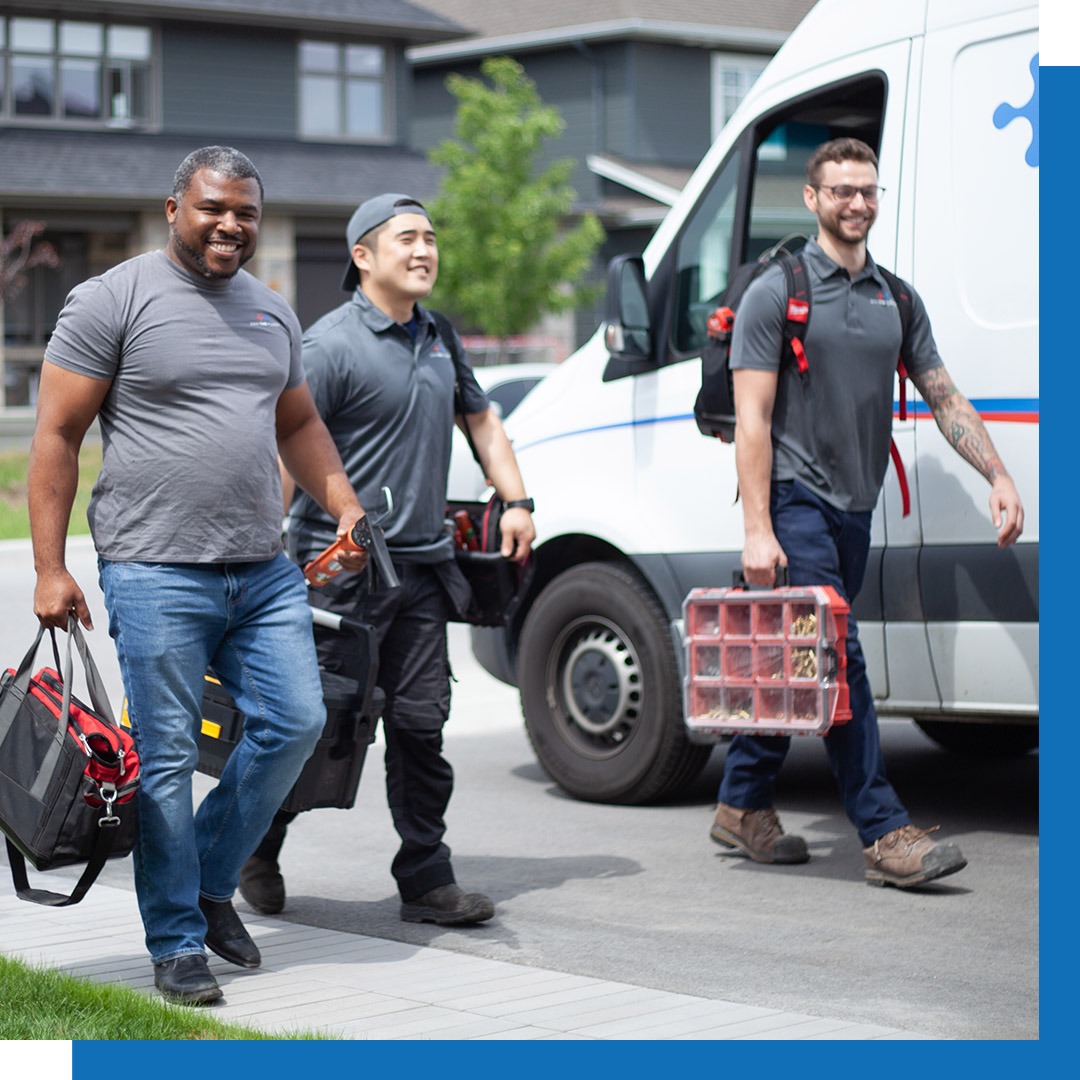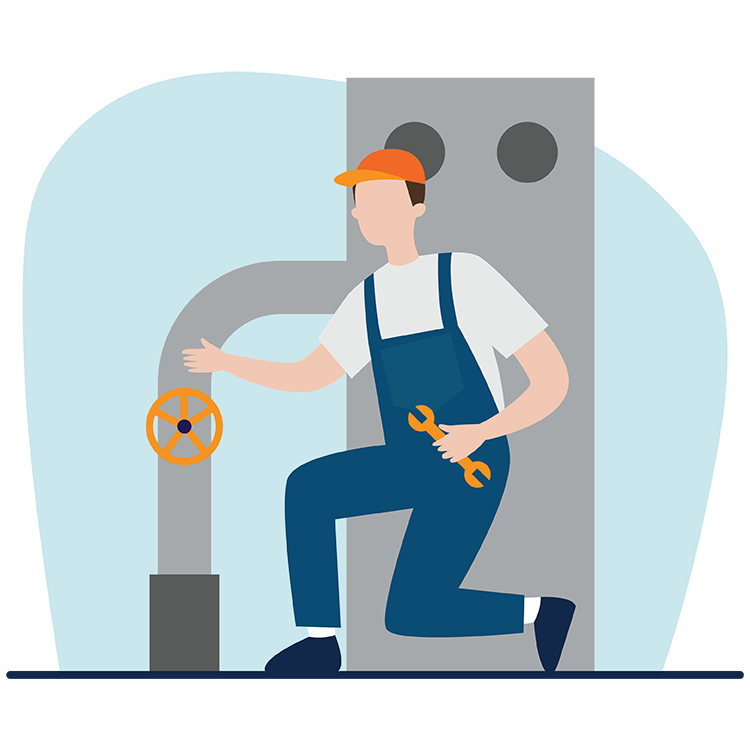A Detailed Guide to Efficient Hot Water Heater Installment for Optimal Performance
Getting started on the task of installing a water heating unit is a venture that requires accuracy and a methodical strategy for accomplishing ideal efficiency. As you proceed, the details of connecting water supply lines and establishing up reputable electrical or gas links await, appealing understandings into guaranteeing effectiveness and integrity.
Selecting the Right Water Heating System

Following, take into consideration the size and capacity of the hot water heater. It's essential to analyze your family's warm water requirements, which can vary based upon the variety of residents and their usage patterns. A device that's as well little might result in insufficient warm water, while an extra-large version might lead to unneeded power usage.
Performance ratings likewise play a pivotal duty in selection. Seek hot water heater with high Energy Element (EF) rankings, suggesting superior performance and decreased energy use. Tankless models, though generally more expensive upfront, offer substantial power cost savings over time because of their on-demand home heating capabilities.
Preparing the Installation Area
Prior to installing a brand-new water heating system, careful prep work of the setup area is crucial. This guarantees a smooth installation process and assists avoid future complications (Drain Cleaning Alabaster AL). Begin by picking a proper location that complies with neighborhood building codes and safety and security criteria. The location ought to be dry, well-ventilated, and easily accessible for maintenance. It's critical to determine the area meticulously to accommodate the hot water heater's dimensions, making certain adequate clearance around the system for reliable operation and servicing.
Next, remove any kind of particles, dust, or blockages from the site to produce a tidy atmosphere. Check the floor for security, as the hot water heater will certainly require a strong, degree surface to run properly. If essential, install a drip pan under the device to catch possible leakages or spills, stopping water damages to the surrounding location. In areas vulnerable to seismic task, take into consideration installing seismic straps to protect the heating system securely in position.
Furthermore, ensure that all needed devices and materials get on hand before beginning the installation. This consists of products such as wrenches, screwdrivers, a level, and any kind of additional hardware required for securing the heating unit and mounting. A well-prepared setup area sets the foundation for a successful water heater setup, optimizing efficiency and safety and security.
Connecting Water Lines
When connecting supply of water lines to your newly installed hot water heater, it is critical to guarantee that all links are leak-free and safe to preserve efficient operation and stop water damage. Begin by recognizing the cold and hot water system lines. The cold water inlet is typically noted with a blue tag or a "C", while the warm water electrical outlet is marked with a red label or an "H".
Use versatile hot water heater connectors to facilitate an easier installment procedure. These ports can soak up vibration and permit slight motion, lowering the danger of leakages. Before connecting the adapters, place a plumbing's tape around the threaded ends of the hot water heater's inlet and electrical outlet pipes - Plumbing Services Alabaster AL. This tape functions as a sealer, avoiding leakages. Carefully connect the flexible hoses to the corresponding inlet and outlet, ensuring that they are not over-tightened yet tight, which could damage the strings.
Once connections are in area, slowly activate the major water shutoff. Evaluate each connection for leaks by aesthetically checking and feeling for wetness. Tighten connections as needed, and make sure the stress relief shutoff is properly mounted, protecting versus extreme stress accumulation.
Establishing Electric or Gas Links
Effectively establishing up the electrical or gas connections for your water heating system is a crucial action to guarantee effective and safe operation. For electric water heating systems, begin by confirming that the electric circuit is suitable with the heating system's voltage and amperage requirements.
For gas water heaters, safety is critical. Validate that the gas supply is off before continuing. Link the gas line to the hot water heater using an adaptable gas connector, guaranteeing it is correctly threaded and secured with pipe joint substance or Teflon tape ideal for gas connections. Tighten the links with a wrench, taking care not to over-tighten (Water Heater installation Alabaster AL).
As soon as connections are made, inspect click for any type of prospective leakages. For gas lines, use a soapy water option to the joints; bubbles suggest a leakage. For electrical connections, ascertain that all wiring is secure and effectively protected, maintaining compliance with local electrical codes.
Testing and Adjusting for Efficiency
With the electrical and gas links safely in location, the next step is assessing the functional performance of your water heating system. Begin by carefully activating the water supply and ensuring there are no leakages at any one of the joints or valves. When verified, continue to fill up the storage tank, taking note of the pressure and temperature level settings. It is suggested to establish the thermostat to a recommended temperature of around 120 ° F(49 ° C) to balance energy efficiency and convenience.
Next, perform an extensive examination to ensure the heating components or gas burners are working appropriately. For electrical heating units, use a multimeter to verify if the aspects are attracting the ideal current. In gas models, observe the burner fire; it should be constant and blue, suggesting reliable burning.
Readjust the setups as essential to remove ineffectiveness. Take into consideration executing insulation measures, such as including a water heater blanket, to further boost performance by reducing warm loss. Furthermore, inspect the anode rod's problem, as a worn-out pole can lower performance and cause storage tank rust.
Verdict
Efficient water heating system installment is important for guaranteeing optimal efficiency and energy cost savings. Firmly attaching water supply lines and thoroughly establishing up electrical or gas connections minimize possible problems.

Effectively setting up the electrical or gas links for your water heating system is a critical step to make certain safe and effective procedure. For electrical water heating units, begin by verifying that the electric circuit is compatible with the heating unit's voltage and amperage needs. Attach the gas line to the water heating system making use of an adaptable gas connector, ensuring it is appropriately threaded and secured with pipeline joint click now compound or Teflon check over here tape ideal for gas connections.
Comments on “Professional Water Heater Installation Alabaster AL You Can Trust”